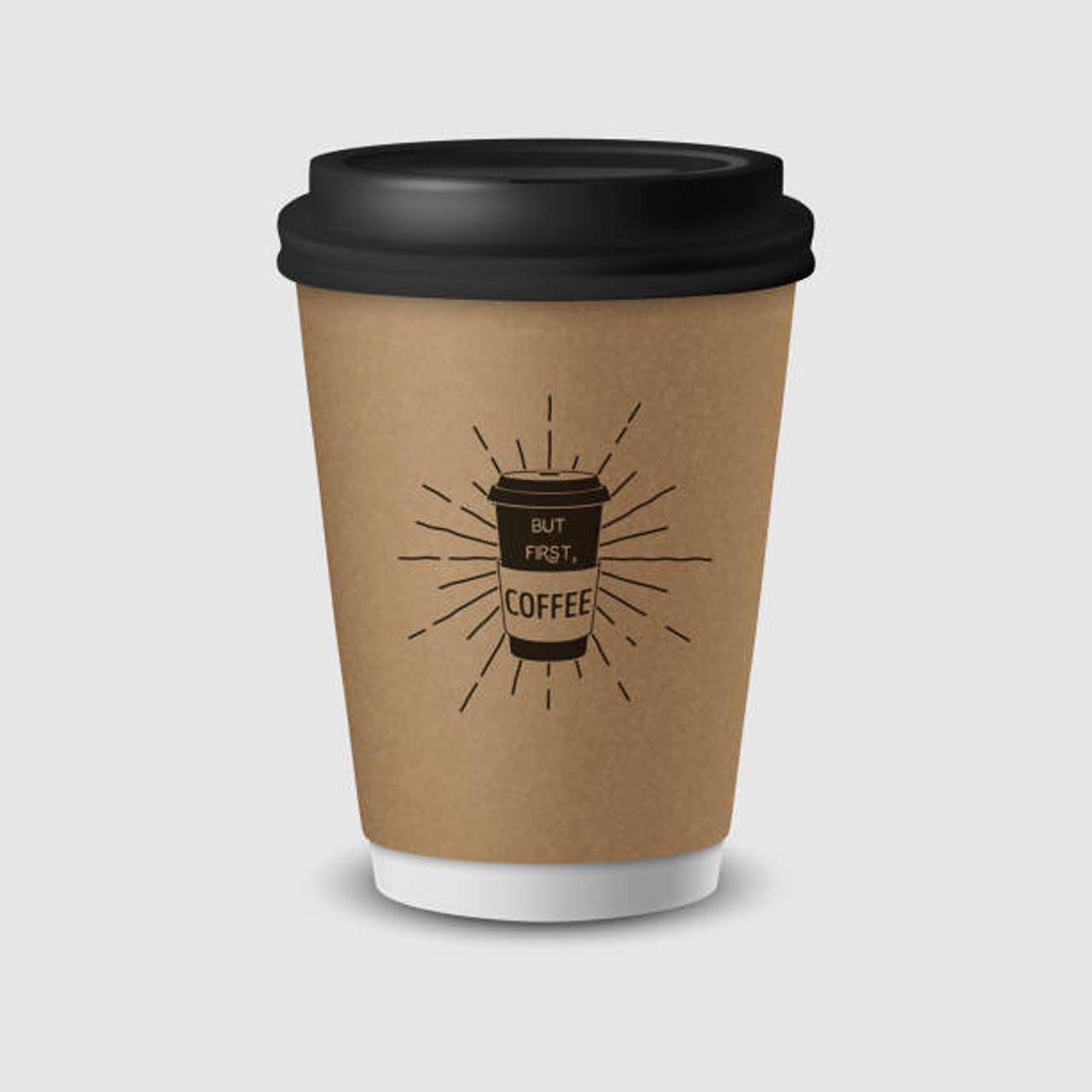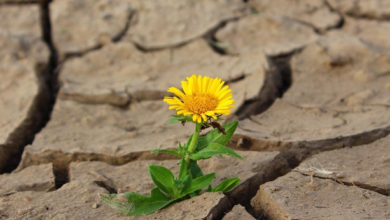
How Coffee Cups Can Maintain Temperature for a Long Time
Paper and cardboard coffee cups remain the popular choice for most coffee shops: they are light, easy to store, and have less environmental impact. While cold drinks based on coffee still require a plastic cup, warm and hot drinks are served in paper cups. As the core material, either cardboard or paperboard, offers some natural insulation, additional design features can significantly enhance a cup’s ability to maintain the temperature of its contents and improve user comfort:
Double-wall construction
One of the most effective ways to retain heat in cardboard coffee cups is to use a double-wall design. This design consists of two layers of paperboard with an insulating air pocket in between. The trapped air acts as a thermal barrier, slowing down heat loss and reducing heat transfer to the exterior of the cup. Consequently, the beverage stays warmer for longer and the cup remains comfortable to hold, eliminating the need for a separate sleeve.
Barrier coatings
To prevent heat from escaping through the cup material and to stop the cardboard absorbing liquid, manufacturers apply barrier coatings https://univest-pack.com/product-category/paper-cups/cups-with-barrier-coating/ to the inside layer. Traditional polyethylene coatings are common, but many brands are now shifting to more sustainable options, such as water-based or biopolymer coatings. These coatings create a thin, heat-resistant seal that improves the cup’s thermal properties while maintaining its ability to be composted or recycled. They also prevent cup degradation, helping the structure to remain intact when holding hot liquids.
Lids and insulation accessories
The lid plays a vital role in heat retention, which is not solely dependent on the cup itself. A tightly fitting, heat-resistant lid with minimal venting can greatly reduce heat loss. Modern lids may also be slightly domed to trap steam and help maintain the internal temperature. Some lids have sip-through openings that can be sealed to further improve heat retention when the drink is not being consumed immediately.
Material density and cup thickness
The density and thickness of the cardboard used also influence heat retention. Heavier, higher-grade paperboard provides better insulation due to its mass and lower thermal conductivity. Some manufacturers enhance this by embossing or adding ridges to the outer surface, which slows down heat transfer further and improves grip.
Base design and cup shape
The shape of the cup can also impact heat conservation. Taller cups with narrower openings reduce the surface area exposed to air, thereby minimising heat loss through evaporation. A well-designed base helps stabilise the cup and reduces heat conduction to surfaces.




